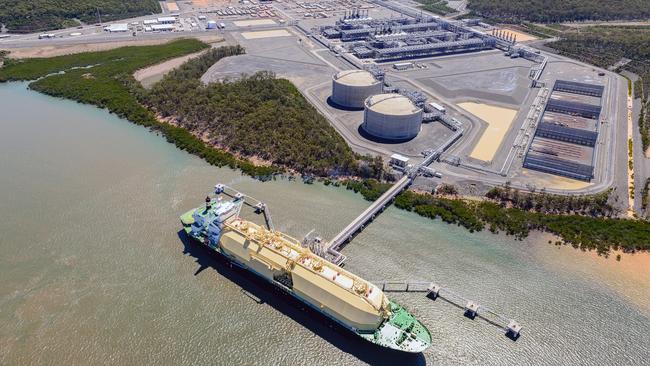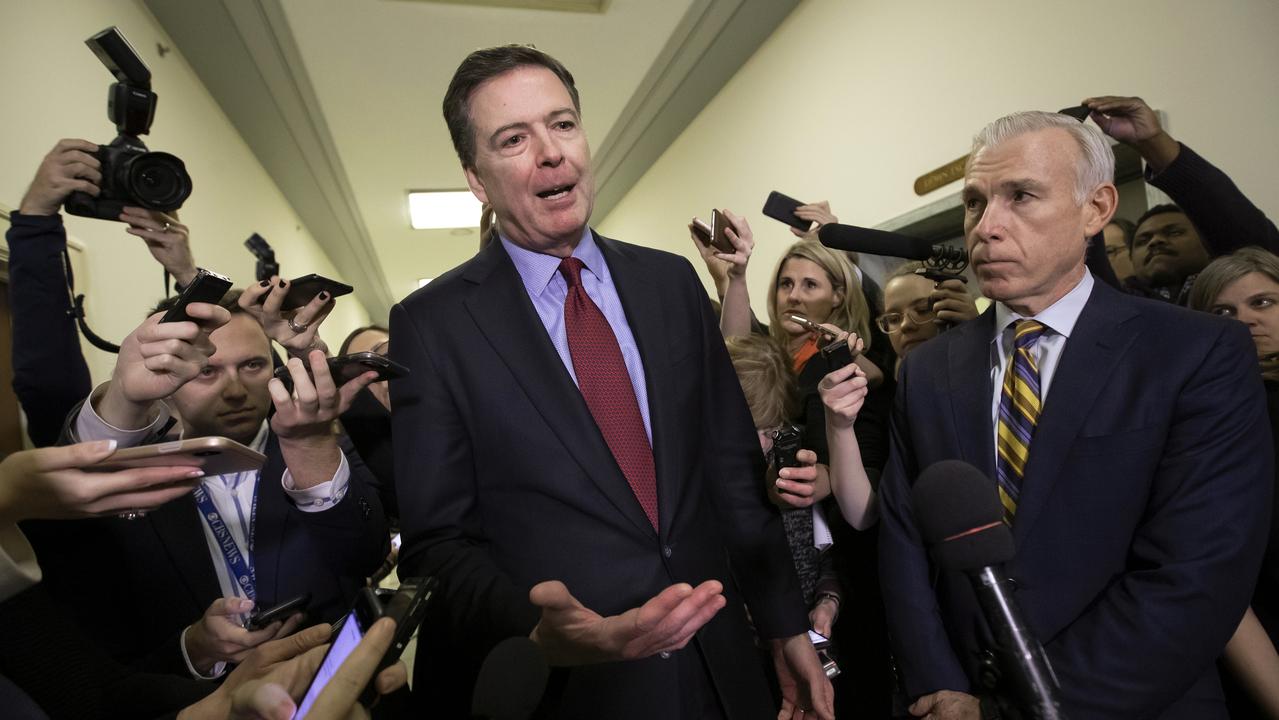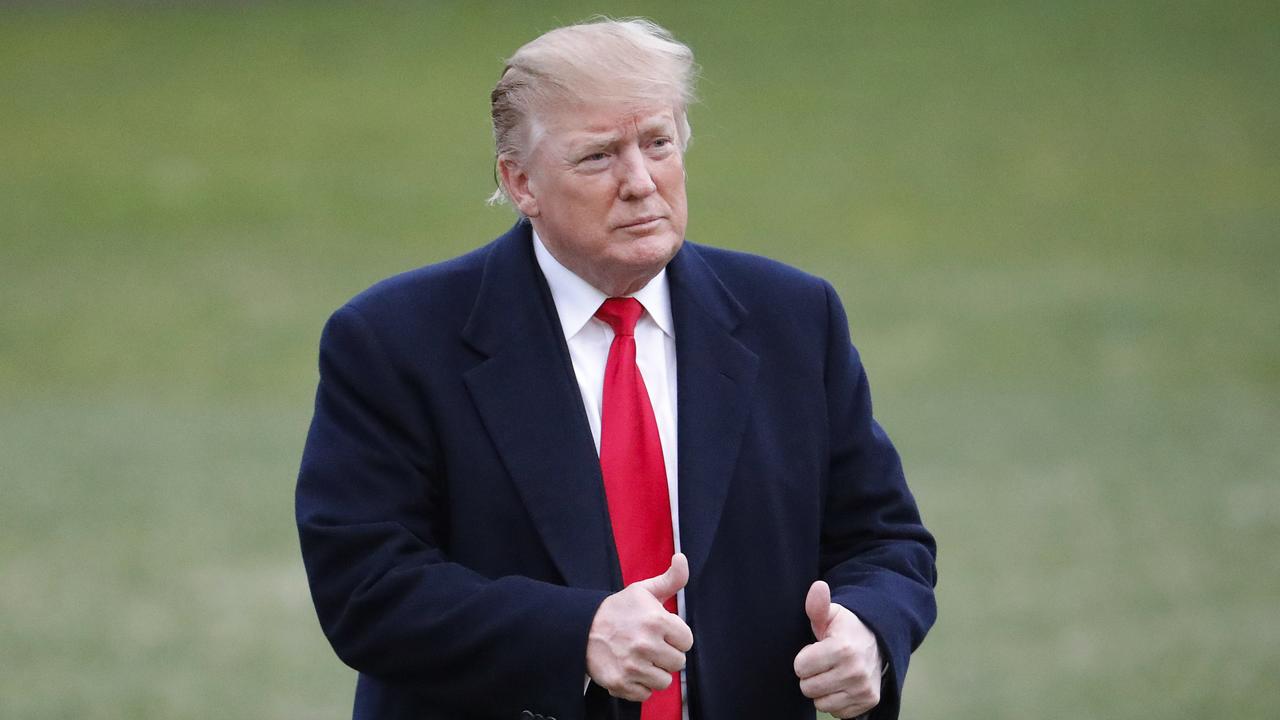
Richard Cottee has a reputation in the oil and gas business as a maverick with a Midas touch. He turned small-time coal-seam gas company QGC into a $5.7 billion asset and a key part of Queensland’s liquefied natural gas export boom.
Cottee says he learned first-hand what energy security meant during the 1973 oil shock when, as a Rotary exchange student in Japan, the local supermarket ran out of toilet paper because there was no fuel to deliver it.
Cottee has had a front-row seat as Australia’s energy security problems have unfolded. In his career he has witnessed the planning of the National Electricity Market, the birth of the renewable energy target, the CSG boom and finally the campaign against coal. He also has seen the many mistakes that have been made along the way.
The missteps that have resulted in rising gas prices and looming shortage of domestic supply are many and range from corporate arrogance to regulatory incompetence, environmental opportunism and wilful blindness. Cottee predicts the nation, having reached crisis point, has five years to solve the supply shortage before the international LNG market tightens. At this point Australia would face a choice between rationing domestic supplies or leaving its most important global trading partners in the cold.
As exports at Curtis Point in Gladstone have cranked up in the past two years, the domestic energy crisis has come to a head. The same forces that put the squeeze on exploration — on environmental and ideological grounds — are now championing export restrictions over boosting reserves.
Gas has become inexorably tangled in the politics of renewable energy but it is needed for more than quick-response electricity generation. An estimated one million people are employed in industries that rely on gas as a feedstock that cannot simply be replaced by other forms of energy.
A report released this week by the Australian Competition & Consumer Commission drastically brings forward the gas shortage to as early as next year.
A separate analysis by the Australian Energy Market Operator estimates a shortfall of up to 17 per cent of domestic demand.
The Turnbull government says it is prepared to force LNG exporters to redirect supplies to satisfy local demand if necessary. But it wants a negotiated rather than mandated solution.This week, the big gas exporters — Santos, Origin Energy and Shell — said they would divert gas from spot markets to ensure sufficient gas was available domestically. The federal government says the commitment hinges on the willingness of the companies to increase domestic supply to the point where prices fall back to a benchmark of about $6 a gigajoule of gas in Queensland and $8 a gigajoule in the southern states. That compares with $10 to $16 a gigajoule being asked of big industrial customers in the first half of this year, according to the ACCC.
Malcolm Turnbull said the major exporters had guaranteed to supply the projected domestic market shortfall for two years. “They have stated that they will offer as a first priority domestic customers any uncontracted gas in the future,” the Prime Minister said this week.
The federal opposition and environment groups want immediate market intervention. “We were very glad that we finally dragged Malcolm Turnbull kicking and screaming earlier this year to Labor’s position that we needed to control Australia’s gas exports if there was going to be enough gas for Australian businesses and Australian households,” opposition energy spokesman Mark Butler said this week. “But since then, all we’ve seen is talk from Malcolm Turnbull and no action.
“There’s a legal mechanism the government should have pulled on the first of September. There’s no reason they shouldn’t have pulled it today.”
The Wilderness Society national director Lyndon Schneiders tells Inquirer there is ample gas for domestic use. “The problem is the federal government, aided and abetted by the Queensland government, has allowed big gas companies to send our gas overseas at the expense of our industries and households, who are struggling with extortionate prices the very same gas companies are charging,” Schneiders says. “Gas companies should do the right thing and make Australian gas available to Australians. If they don’t then the Turnbull government should use its much publicised Australian Domestic Gas Security Mechanism to ensure supply.”
The opening up of LNG exports from Curtis Island has been blamed by many for the looming domestic shortage. The squeeze has been exacerbated by a shortfall in expected gas production from the projects’ Queensland fields. Industry specialists argue the market distortion is more complex. “I always maintained they were taking a risk in building six LNG trains at Gladstone,” Cottee says. “I thought there should be a maximum five trains, but that was on the assumption the society would still see the need for gas. I did not predict at that stage that renewables would get to 23 or 50 per cent or some other (target) because I did not think it was rational beyond 15 per cent.”
Also underestimated was the success of environmental objections to the unconventional gas push. Rather than seeing gas as an ally to renewables because one is intermittent and the other is a backstop, environment groups started to see it as a threat.
This was primarily because the US had achieved a greater reduction of CO2 through its development of shale gas than Germany had through solar and wind. Santos chief executive Kevin Gallagher said the evidence from the US was clear that gas could help reduce carbon dioxide emissions. “By switching from coal to gas and renewables in power generation, the US has cut its energy-related carbon emissions by 21 per cent since 2005,” Gallagher said last month. “All of this has been as a result of the US government being pro-gas and pro-development.
“By contrast, what we are experiencing here in Australia has resulted from a series of moratoriums and restrictions to new developments, limiting new supply.”
ACCC chairman Rod Sims said this week that domestic users in the south were facing very high gas prices largely as a result of the expected supply shortfall in the south and lack of competition between southern gas suppliers. “Prices in the south could be significantly reduced if additional sources of supply are developed in the south to increase the level of supply and diversity of suppliers,” Sims said. Santos, in particular, is under intense pressure to increase supply. But it is facing fierce objections from environmental and farm groups, particularly at its Narrabri project in NSW. It has the potential to supply half of the state’s gas requirements but it is ground zero in the environment movement’s fight against unconventional gas.
The company is busy working through a record 23,000 submissions to its environmental impact statement, but despite having written the project’s value down to zero on its books, Santos is committed to bringing Narrabri back on to its core project list before the end of the year.

Santos’s problems at Narrabri reflect genuine concerns about the environmental impact of unconventional gas. The industry, backed by scientific reports, claims the risks are manageable. But there is broad agreement the speed at which the Queensland CSG industry emerged left government and regulators flat-footed as companies engaged in shoddy practices. A Gas Fields Commission report on the Queensland experience released this year says, “in what critics described as an 1850s-style ‘gold rush’ to secure gas resources, companies and their agents were accused of open aggression towards landholders coupled with an unwillingness to provide more than generic information about their proposed activities”.
“The recurring complaint from landholders was the lack of respect and understanding shown by company representatives,” the report says. “Landholder anxiety coalesced around community groups including Save Our Darling Downs, Western Downs Alliance, Future Foods and the Basin Sustainability Alliance.” Those concerns were successfully harnessed by groups with a much broader anti-fossil fuel agenda. But has the statewide power blackout in South Australia last year changed the dynamic?
“The simple fact is that after South Australia there is no way the general public are going to put up with intermittent electricity and high-priced electricity so all the politicians are now scrambling on that basis,” says Cottee. “The only way you can deal with that is with more gas.”
The latest agreement with gas exporters is “convenient but potentially short-lived”, he says. Any move to impose restrictive export controls eventually could snare the government in a much bigger potential conflict with the nation’s major trading partners. “The thing that becomes very interesting from a macro point of view is presently we are in a downturn in terms of international LNG pricing and so the export customers who are four of our top five trading partners are probably a bit relieved they can go and buy cheaper gas at the moment,” Cottee says.
Industry specialist Wood McKenzie has estimated the cycle of low-priced LNG is going to end in 2022 because of a 30 per cent annualised demand growth in the Asia-Pacific region. When prices rise, gas buyers in Japan, South Korea, China and Taiwan will expect Gladstone contracts to be honoured in full.
“The short answer is we are going to lose those levers (to secure increased domestic supplies) unless you want to declare sanctions on your top four trading partners, which has ramifications beyond electricity and gas,” Cottee says. “You have got five years to solve this problem.”
The only way to solve the problem is to increase supply. “You can put lipstick on the pig and a Band-Aid for a number of years to provide breathing space, but if the ACCC is right and the marginal price for LNG is $5.70 or soon will be — you are starting to say you want someone to make a loss for the country good,” Cottee says. Compounding the domestic gas shortage is the fact Santos has fallen short of production targets in its Queensland CSG fields. The company has been forced to buy as much as half of its export gas from third parties. This gas previously would have been available for domestic users. The ACCC says export controls may go some way to addressing the shortage but further steps are needed to address the underlying problems of lack of gas supply and lack of diversity of suppliers.
“Supply-side solutions are needed to bring more supply and suppliers into the domestic market, particularly in the southern states,” Sims said this week. “Blanket moratoria and other restrictions on developing new supply should be replaced by case-by-case assessments to allow for new sources of supply to respond to high domestic prices.”
Demand management (companies agreeing to reduce energy use at times of high demand) may have some role in taking pressure off the energy market. Ultimately, however, demand management becomes a form of rationing that benefits incumbents at the expense of competition. “Unless you are expecting that Henry Ford was wrong in trying to maximise production out of any given capital, I can’t see how manufacturing can work on an ad hoc basis,” is Cottee’s view.
“You make your money by running low inventories and having just in time at full capacity. To suddenly say we have got an hour’s notice, workforce go home, or that you can start up your manufacturing now because the wind is blowing, you have just got to get rid of manufacturing.”
The evidence is that regulatory failure has already corrupted operation of the energy market. Australian Bureau of Statistics figures show a 60 per cent drop in onshore drilling last year despite rising prices and a looming supply shortage. The challenge is to win back public support for exploration.
“I think the average person is starting to recognise there is a need for natural gas,” Cottee says. “They understand there is no need for coal but they understand that gas is not coal at this stage.
“Those moratoriums will get lifted over time. You are starting to see some of the councils in Victoria start to say they are not opposed to gas exploration. People are saying they don’t like wind farms going up all over the place and people are starting to say they just want affordable energy and reliable energy. With the acceptance that gas is necessary, I am sure things will start to change.”
Cottee is focused on gas exploration and production in the Northern Territory through Central Petroleum because he believes the region has been under-explored. The potential financial reward has been greatly improved with a new pipeline linking the Territory to the east coast gas market due to begin operation next year. “There is an enormous chance that if the NT were explored to the same extent as Queensland it should deliver over that large area the same sort of (gas) output,” Cottee says. He cites onshore Victoria, the Hunter Valley and Gunnedah as highly prospective. But all come with political complications. The government is leaning heavily on the Northern Territory and Victoria to resolve moratoriums on gas exploration and fracking.
“It is very obvious longer term we need to produce more gas and the gas that is most economic for Victorians is obviously gas in Victoria because you don’t have to haul it as far to get it to the customer,” Turnbull said this week.
“And the same observation in NSW. The failure to develop the onshore resources, the gas that is literally under our feet, is costing households and business dearly.”
Cottee says: “It is going to take a lot longer to resolve than people believe. There is a lot of manufacturing jobs, one million people employed in processes that require gas that cannot be substituted by electricity.” If the commonwealth were to intervene directly to break the drilling or fracking moratoria it would have a better chance in the Territory than the states. The commonwealth can override state law, but it would need the consent of the federal parliament.
“The most important thing is we are walking into a much more volatile time for pricing of electricity and gas,” says Cottee. “If you are going to have a volatile pricing regime at least for the foreseeable future, you need maximum flexibility in your supply chain … We can’t have an inflexible system responding to a flexible demand. A market economy only works with competition. It appears to me that we can’t necessarily have a radical solution now but we need to work towards a competitive market again.”




To join the conversation, please log in. Don't have an account? Register
Join the conversation, you are commenting as Logout